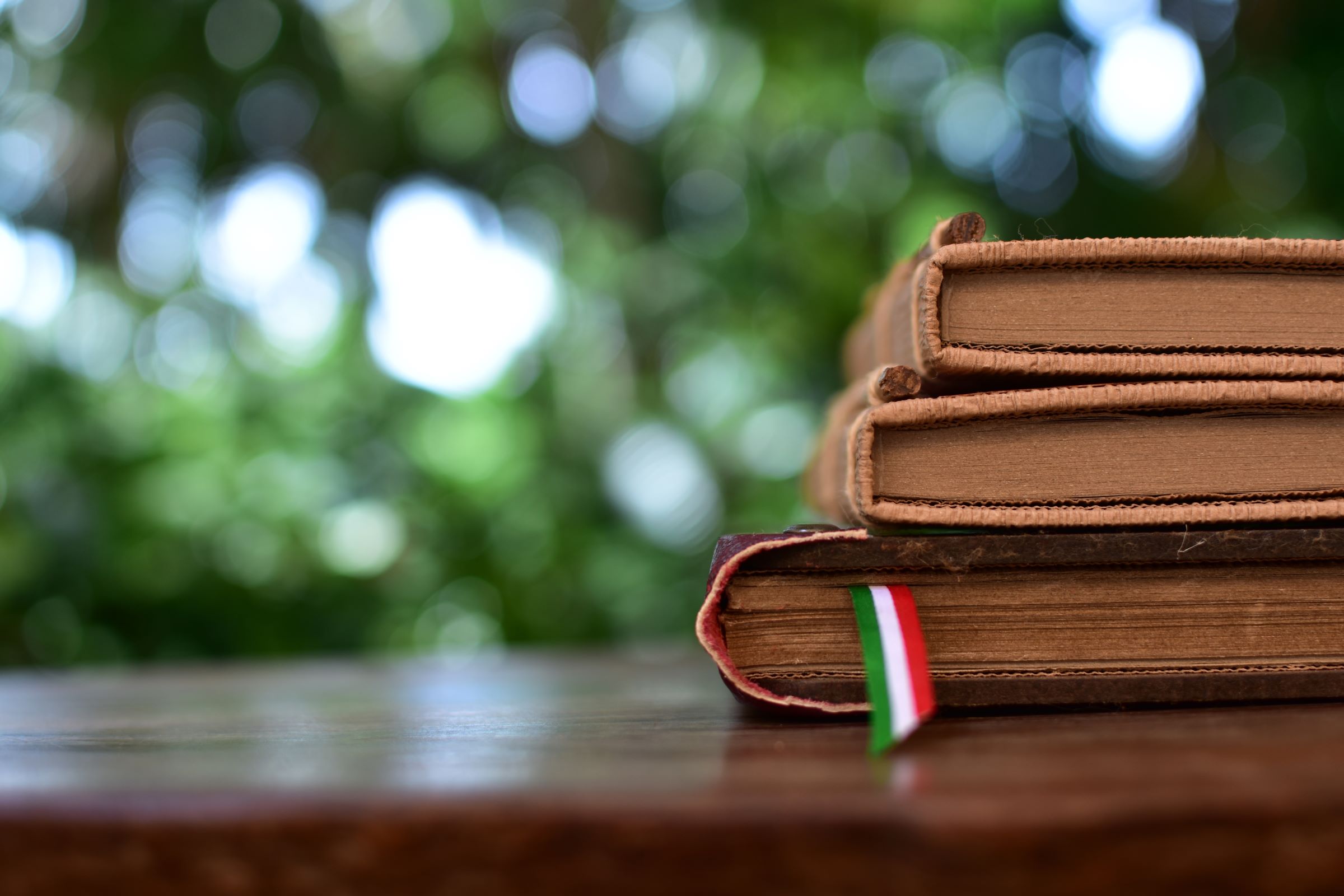Italy, with its cultural heritage, offers a fascinating journey through its traditions. This article, dedicated to learning Italian, will guide you through the various facets of Italian traditions, from culinary flavors to historical and cultural riches.
Traditional Italian Foods
Delving deeper, each Italian region stands out for culinary specialties rooted in history and local resources. For example, risotto alla milanese in Lombardy reflects the historical influence of saffron, while Sicilian cuisine highlights Mediterranean flavors with dishes like caponata.
This culinary diversity not only delights the palate but also tells the story of the various regions and their interactions with different cultures over the centuries.
READ ALSO: 10 common errors in the Italian language: a guide to avoid them
Traditional Italian Festivals
In detail, each Italian festival has a unique story. For example, the Venice Carnival dates back to the Middle Ages, a time when masks allowed for free social expression. Today, these festivals not only celebrate history but also promote a sense of community and cultural continuity, which are fundamental in Italian society.
Test your level of Italian
Traditional Italian Clothing
The traditional clothing varies greatly from region to region. For example, the Sardinian costume is known for its rich fabrics and intricate embroidery, reflecting the local history and handed-down craftsmanship.
These garments are often worn during festivals and ceremonies, serving as living symbols of the deep cultural roots of different communities.
READ ALSO: Italian as a second language: learn Italian with Spaziolingua
Famous Italian Monuments
Every Italian monument tells a part of the national history. The Colosseum, for instance, is not just a tourist attraction but also a symbol of Roman engineering and ancient Roman social life.
The Leaning Tower of Pisa, with its famous tilt, testifies to medieval architectural innovations and the wealth of the city of Pisa during that period.
READ ALSO: How long does it take to learn Italian
History of Italian Traditions
The history of Italian traditions is deeply intertwined with the country’s own history, a melting pot of civilizations and cultures that have left an indelible mark. From ancient times to modern epochs, Italy has witnessed the rise and fall of empires, the flow of ideas through trade and conquest, and the merging of local traditions with external influences.
Starting with the Roman era, a period in which Italy not only consolidated its identity but also absorbed and spread Greek culture. This influence is evident not only in architecture and art but also in culinary, religious, and social traditions. Italian cuisine, for example, has its roots in Roman and Greek food practices, which have blended and adapted over the centuries.
With the decline of the Roman Empire and the advent of the Middle Ages, Italy became a mosaic of city-states and kingdoms. This period saw the rise of maritime powers like Venice and Genoa, bringing new ideas and goods from the East.
These interactions enriched Italian culture, introducing new concepts in fashion, art, and science. Medieval festivals and tournaments, for example, reflect the influence of European chivalric cultures and traditions.
The Italian Renaissance marked another period of extraordinary cultural flourishing. During this time, cities like Florence, Venice, and Rome became centers of art, philosophy, and science, attracting brilliant minds from all over Europe. The Renaissance deeply influenced Italian artistic and musical traditions, leading to the birth of styles and techniques that are still appreciated and practiced today.
Over the centuries, invasions and foreign rules also left their mark. The Spanish, French, and Austrians, among others, ruled various parts of Italy, bringing with them their traditions and blending them with the local ones. These influences are reflected in regional culinary traditions, dialects, festivities, and religious practices.
Today, the richness of Italian traditions is a testament to this layered past. From festivals rooted in paganism and Christianity to culinary practices reflecting a mix of local and foreign influences, Italy continues to celebrate its unique heritage. This diversity is not just a reflection of its complex history, but also a testament to the resilience and adaptability of its culture.
In conclusion, learning the Italian language is not just acquiring a new linguistic skill, but also an immersion into a rich and varied cultural heritage. The Italian language serves as a key to unlocking the understanding of a fascinating history, unique traditions, and an art and literature among the most influential in the world.





